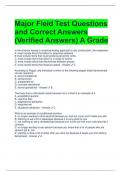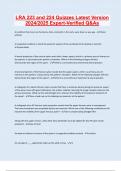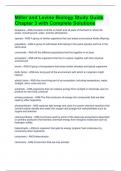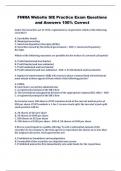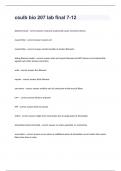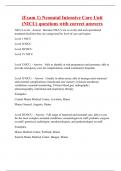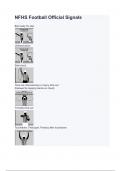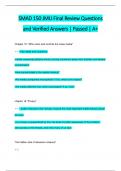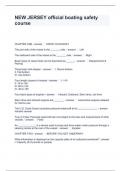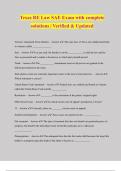Tentamen (uitwerkingen)
Major Field Test Questions and Correct Answers (Verified Answers) A Grade
- Vak
- Instelling
Major Field Test Questions and Correct Answers (Verified Answers) A Grade In the criterion-keying or empirical-keying approach to test construction, the researcher A. must include items that allow for projective answers B must include items that could produce percentile ranks C. must include ...
[Meer zien]
